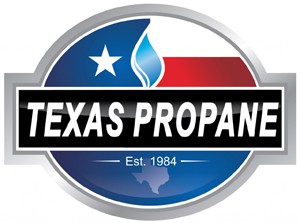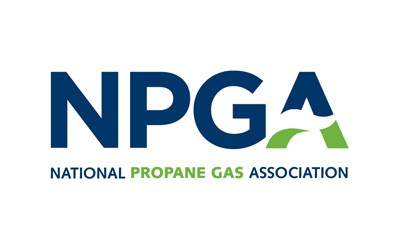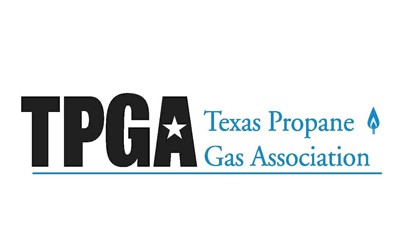Use of Texas High Pressure Regulator
Texas Propane high pressure regulators utilized independently are servicing high demand appliances and equipment. Residential applications primarily consist of service pressures measured in water column (ounces per inch), but high demand propane equipment utilizes service pressures measured in pounds. High capacity and demand equipment such as roofing tar kettles, crop dryers and industrial boilers will utilize high pressure regulators because the Texas propane demand is such that delivery pressure must be high enough to satisfy the appliances demand. Specific high pressure regulators are designed to work in either Texas propane liquid or vapor service while others are designed to work in LP Gas vapor service only. The Texas propane delivery capacities of these high pressure regulators satisfy BTU ratings up to 10,000,000 BTU/hr and even higher! This means that the usage can be in excess of 110 gallons per hour and supplying that amount of gas at a constant level requires high level pressure regulation. So, in comparison to a residential tank regulator that supplies 11″ water column, a 10 psig regulator delivers pressure of about 277″ water column, or 25 times the amount delivered by a standard Texas residential tank regulator. Also, keep in mind that high pressure regulators can deliver up to 100 psig!
It is important to know that Texas high pressure regulators vary in design, purpose and pressure delivery and just because the regulator is red does not mean it is suitable for any installation requiring high pressure regulation. Similar to any other Texas regulator, high pressure regulators are utilized in accordance with laws, regulations and the manufacturers recommendations. As mentioned above, it is safe to say that regulators are not all the same as all high pressure regulators are not all the same. They are, in fact, all extremely different.
Texas Adjustable High Pressure Regulators
Texas LP Gas flow pressure adjustment in high pressure propane systems is made possible by direct operated regulators, another name for adjustable high pressure regulators. The primary purpose of an adjustable regulator is to ensure that the required pressure is delivered to the appliance when the liquid level of the tank (or cylinder) is such that vaporization is not fast enough to meet the gas demands of the appliance. Simply put, an adjustable regulator compensates for the lack of vaporization by allowing more pressure through the outlet and into the downstream gas line. Texas adjustable high pressure regulators are commonly seen attached to bottles and tanks supplying roofing tar kettles, asphalt mixers and on propane powered torches. Direct operated regulators are not designed to act as a service valve but rather to allow for the manual intervention in the regulation of delivery pressures as needed by the appliance.
Texas Relief Valves and High Pressure Regulators
Texas LP Gas systems operating with high pressure lines downstream of the regulator sometimes require additional protection due to the possibility of excessive pressure buildup in the piping. Unlike other Texas propane regulators that incorporate an internal relief valve as part of the regulator functionality, some high pressure regulators do not have relief valves or vents built in (and are designed as such) because of their intended application. In specific situations, Texas high pressure regulators are required to be fitted with a pressure relief valve or the downstream piping must be fitted with a safety relief valve. The reason for additional relief valves is due to the high pressures these gas lines are subject to, even with a regulator. For example, piping that installed on the outlet side of a high pressure regulator is itself under high pressure and if the pressure increases to an excessive level, the piping joints and connections can form leaks due to pressures beyond what they are designed to withstand. A supplemental relief valve installed at the regulator or in the piping itself will vent excessive gas line pressure before a leak can form at any of the pipe interconnections and fittings.
These are just a few important things to know about high pressure LP gas propane regulators. Contact Texas Propane with the link below for more information!







